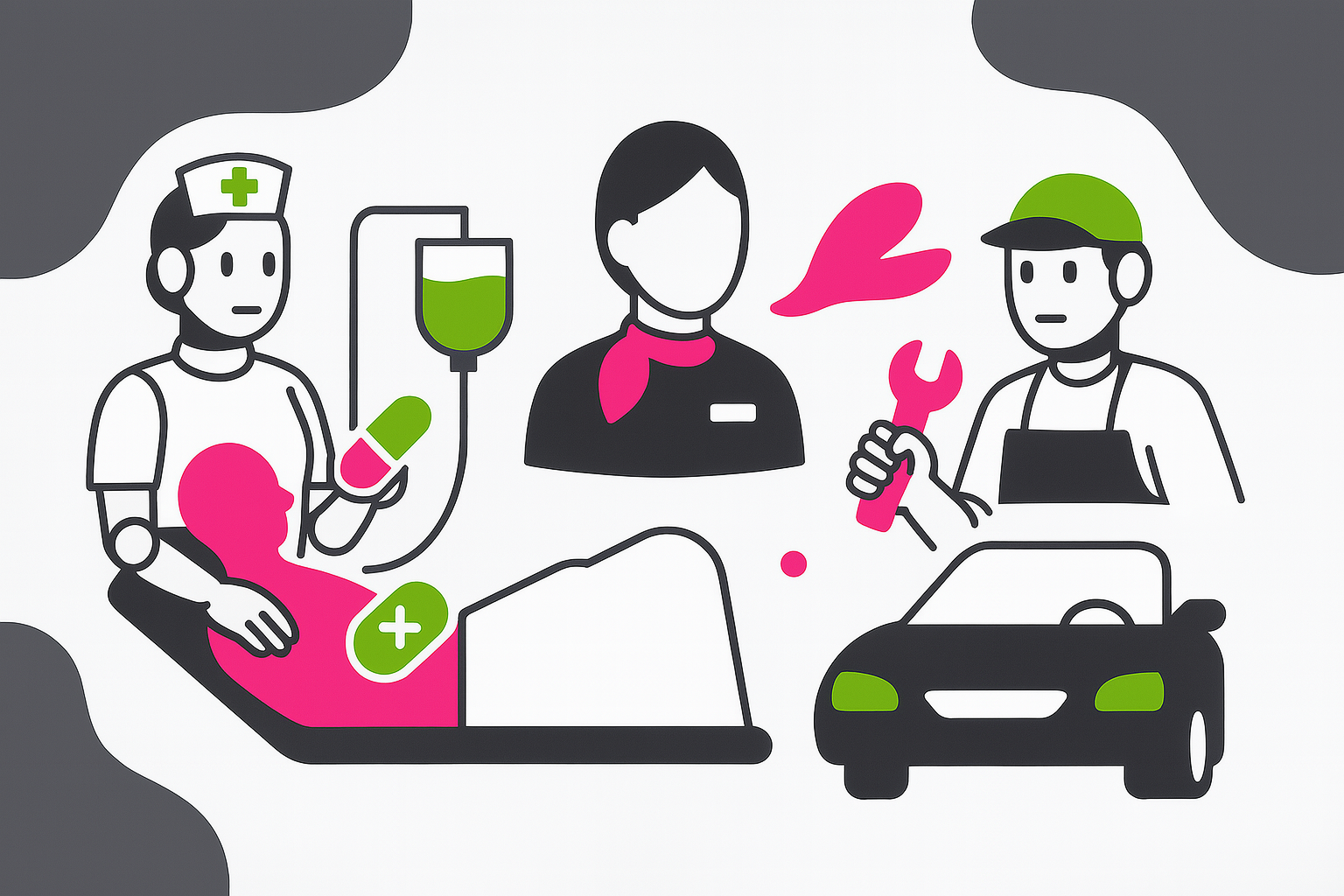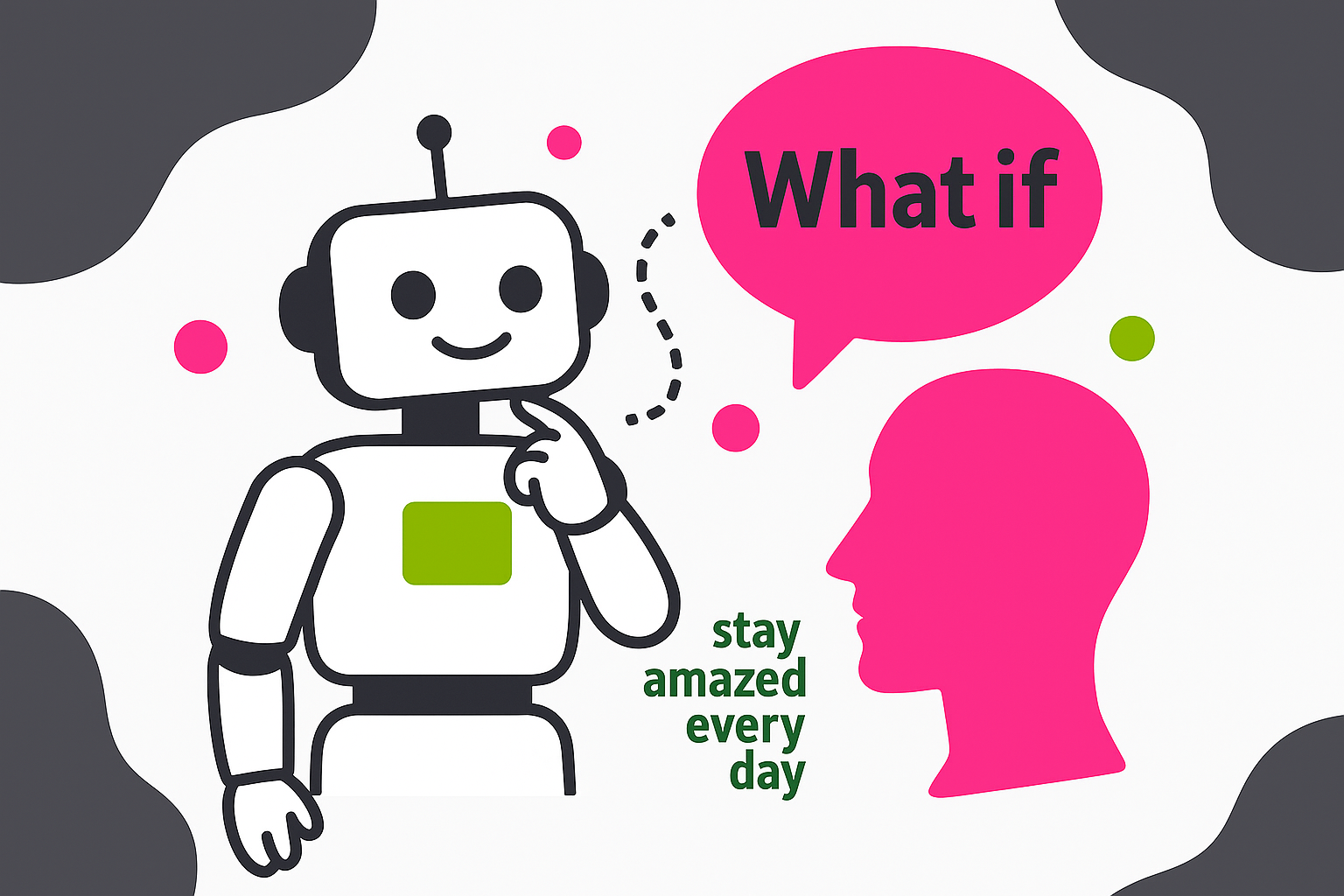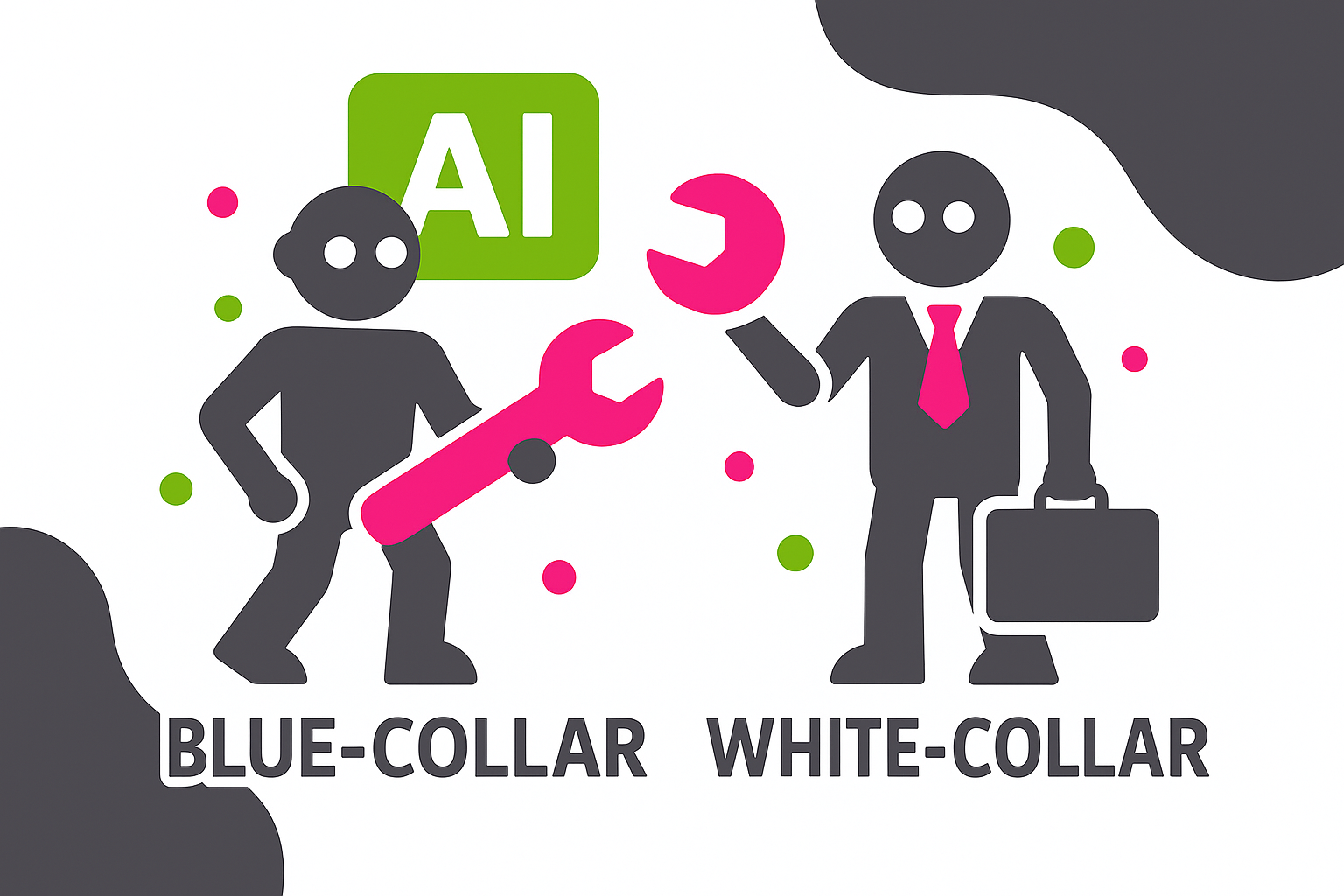
Are We Ready for This Future?
Two stories caught my eye this week that, together, made me go: wow, this is happening. On their own, they are interesting. But combined, they offer a glimpse into the future we are building right now.
Story One: The Brawn is Already Here
First, an article from Futurism pointed out a stunning milestone: Amazon may now employ as many robots (roughly 750000) as it does humans in its warehouses. Let that sink in. We’re not talking about a few test units; we’re talking about a physical, mechanical workforce operating at a massive scale. For now, they handle repetitive tasks, the heavy lifting and sorting. This story tells us the hardware, the physical presence, is no longer a futuristic fantasy. The robot army is already being built.
Story Two: The Brains are Waking Up
The second story came from Google’s DeepMind, which introduced its Gemini Robotics-ER model. What’s incredible here isn’t the robot itself, but how it learns. It improves by asking itself “what-if” questions in plain English, essentially running mental simulations to figure out better ways to perform a task. It’s a process I find deeply relatable; it’s how we humans learn. This story shows us that the intelligence to make robots adaptable and capable of reasoning is arriving.

Connecting the Dots: When Brawn Meets Brains
Now, here is where I get that “stay amazed” feeling. These articles highlight a fast-moving convergence between robotics and artificial intelligence. What happens when you combine these two developments?
Picture this: robot nurses delivering bedside care, monitoring patients, performing routine tasks, even administering medication. The demand for human nurses may drop as these systems become more capable. In fact, robotic systems are already assisting in surgeries, and they might do entire procedures on their own in the near future.
Or take car mechanics. Robots diagnosing issues, ordering parts, and doing repairs with precision and speed. Same goes for cabin crews: robot flight attendants managing onboard service. And yes, even soldiers. The idea of AI-powered robots in combat scenarios, eerily close to The Terminator, forces us to think deeply about where we draw the line.
From Screens to Bodies: The Rise of Embodied AI
The key shift: AI is moving from something we type into on a screen to something we physically interact with in real life. And that shift is happening faster than most people think. This isn’t some far-off sci-fi dream. The combination of physical capability on a massive scale with human-like learning will fundamentally reinvent our world.
The conversation is no longer about AI “killing” white-collar jobs or robots replacing blue-collar jobs. It’s about the fusion of the two creating a new class of worker that will challenge both.

The Urgent Need for Guardrails
Of course, this also raises big questions. As these technologies converge, AI alignment becomes more critical than ever. When AI systems can manipulate physical objects and make autonomous decisions in real-world environments, the stakes shift dramatically. A chatbot giving bad advice is one thing; a robot nurse making poor decisions about patient care is entirely different.
The more we let AI-powered robots act independently in the world, the more we need serious thinking around alignment, ethics, and control. How do we make sure they’re safe? What if their reasoning goes off-track?
The Reality Check
Yet I can’t help but maintain a healthy skepticism. The current generation of AI still stumbles frequently. LLMs hallucinate, agents misfire, systems break under real-world complexity. The industry loves a hype cycle, and right now, we’re deep in one. The same companies claiming these breakthroughs are the ones with the most to gain from the AI gold rush.
Still, the question isn’t whether this convergence will happen. It already is. The question is whether we’re developing the safeguards and ethical frameworks fast enough to keep pace. Are we ready for a world where reasoning robots become as common as smartphones? It’s a future that is both thrilling and a little terrifying. And while I have my concerns, I can’t help but feel a sense of wonder. We are on the verge of sharing our physical world with machines that can think and learn alongside us.
Want the Bigger Picture?
Curious how this all fits into the broader story of change we’re living through? In The Big Picture Keynote by stay amazed every day, we zoom out to explore exactly these kinds of systemic shifts, from AI and robotics to the future of work, education, and society. If this article sparked questions or excitement, this talk connects the dots and helps you see what’s coming next.
